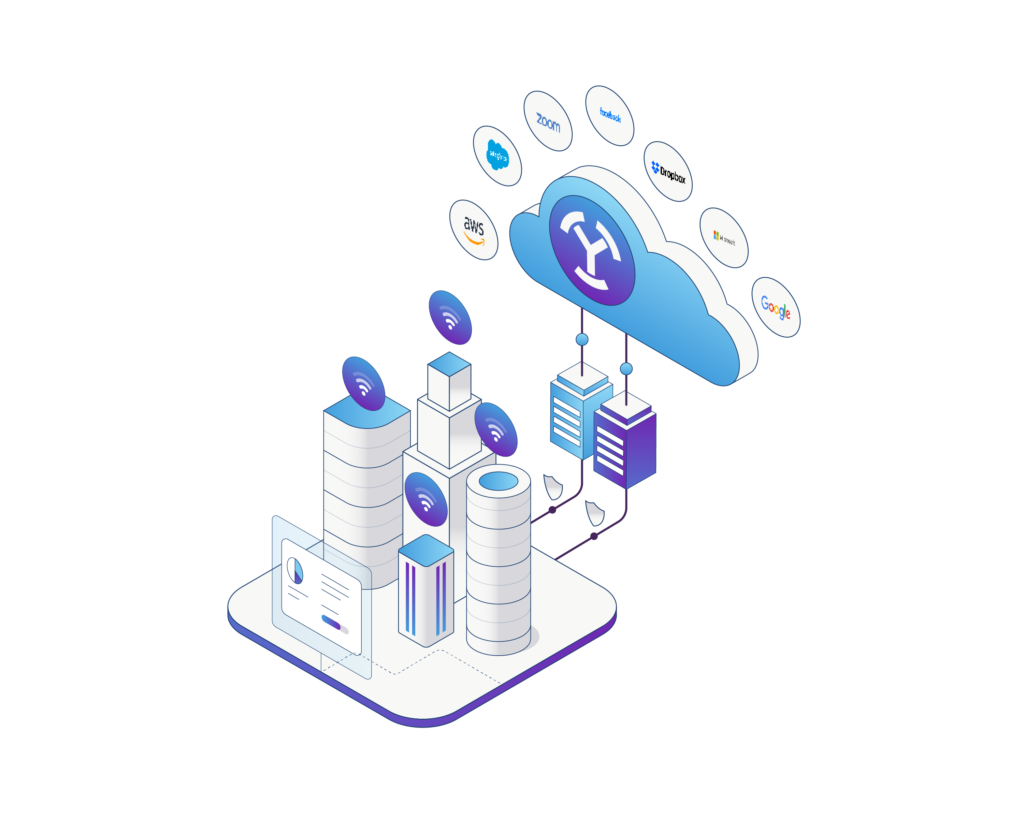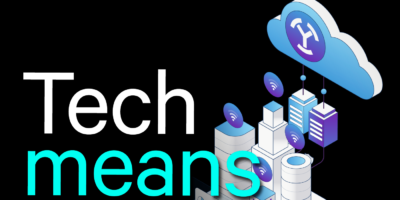
Digitally Enabled Real Estate Starts With Simplifying Your Networks

Many real estate developers and facilities managers will remember a simpler time when a commercial office building and its workspaces were a brick-and-mortar proposition. Amenities provided to occupants centred around ‘basic’ needs, in which electricity, HVAC, and security covered most of the base building technology systems.
Today the landscape has shifted. Major markets throughout the Asia Pacific (APAC) region are undergoing rapid digitalisation. ‘Basic’ requirements for a commercial building now include secure enterprise-grade connectivity, specialised software suites and digital infrastructure provision. The growing ubiquity of on-demand digital services and Internet Of Things (IoT) commercialisation are enabling the aggregation of big data and analytics around user behaviour, which in turn drive space and building design decisions.
Flexible and hybrid work drive digital-first experiences
Rapid digitalisation and advances in communication technology have given rise to an increasingly digital-first workforce, where hybrid and remote working arrangements are now a norm. As a result, the popularity of co-working and flexible offices continues to grow globally. APAC is no exception, and according to recent reports, the region is now the biggest co-working market in the world accounting for nearly one-third of supply.
In this competitive landscape, commercial real estate owners and space operators who offer (or are planning to offer) flexible spaces are working towards ensuring a frictionless digital-first experience that meets their customers’ demands. That experience is built on occupier satisfaction with reliable and secure connectivity services – the critical utility required by all workers today and one that is bundled into the turnkey offering in such spaces. Stakeholders are resultantly looking out for more modern solutions to manage their in-building digital infrastructure.
Managing networks for adaptable workspaces and buildings
With the advent of advanced network technology, the integration of wireless services into the infrastructure of buildings is also becoming commonplace, regardless of flexible or traditional uses. Complementary capabilities like fault detection, data-driven analytics, and access control can now offer enhanced operational abilities and maintenance solutions. This is one of many reasons why the smart building market is surging and is expected to grow from US$80.62 billion in 2022 to US$328.62 billion in 2029 as per Fortune Business Insights.
Landlords and space operators are under pressure to integrate solutions that make building networks easier to manage. Agile landlords increasingly have to grapple with providing a seamless connected experience to their tenants and visitors while ensuring the security of their network. To do this without adding cost and operational complexity, a centralised solution that provides real-time visibility and network management is needed, in addition to automated troubleshooting abilities to detect, diagnose and resolve issues before they become incidents. This removes the need for people to perform manual tasks related to IT, freeing up time to focus on more strategic initiatives. Ultimately, the solution should enable leaner business models and benefit more adaptive use of a building.
Power the smarter commercial building with an intelligent digital backbone
With an understanding of how their networks are being used, landlords and space operators can also draw insights from a central source of truth that can assist them in making the best-informed decisions to create a seamless digital experience. Simply put, the traditional fragmented, multi-vendor approach to building network management does not cut it in today’s environment.

A comprehensive intelligent system like essensys’ platform powers network management and functions as the centralised nervous system for digitally enabled real estate. Remote network access and management helps reduce operational and technical complexity while enabling seamless cross-portfolio connectivity.
Plan ahead and get prepared in a few simple steps. Learn more about how to determine a business case for an intelligent digital backbone like essensys in a multi-tenanted commercial building in this report.
READ MORE
- Ethical AI: The renewed importance of safeguarding data and customer privacy in Generative AI applications
- How Japan balances AI-driven opportunities with cybersecurity needs
- Deploying SASE: Benchmarking your approach
- Insurance everywhere all at once: the digital transformation of the APAC insurance industry
- Google parent Alphabet eyes HubSpot: A potential acquisition shaping the future of CRM


